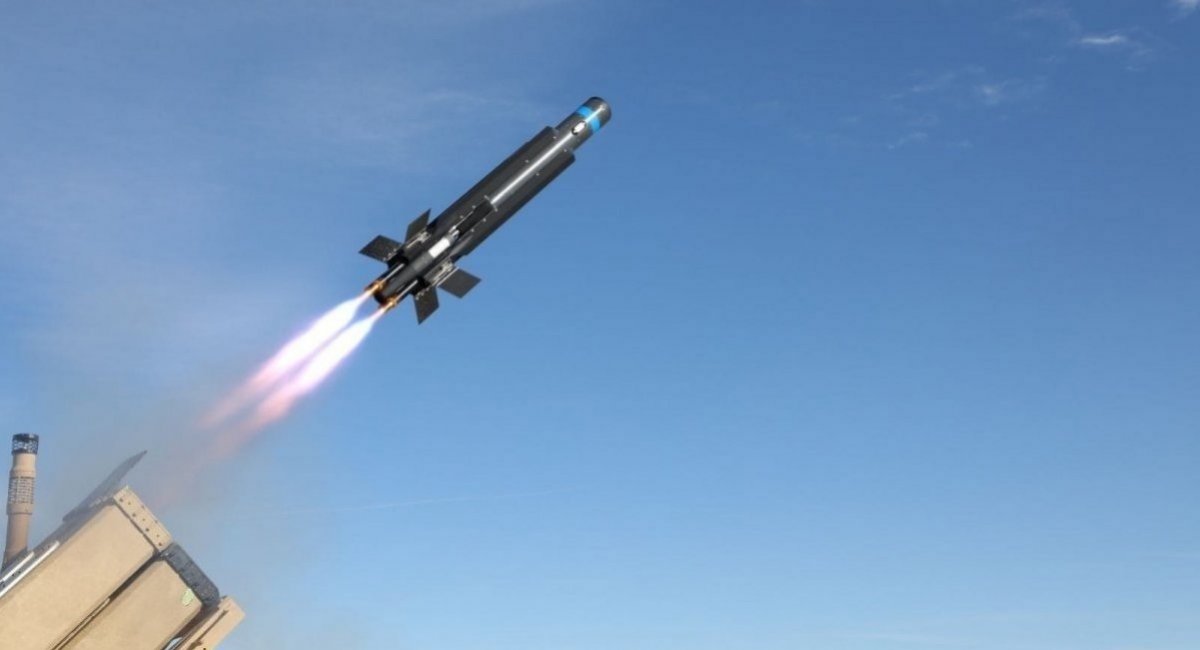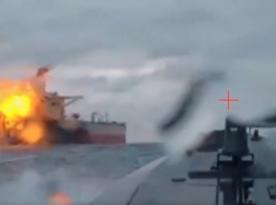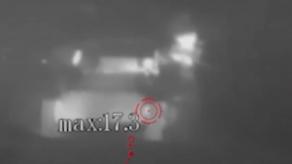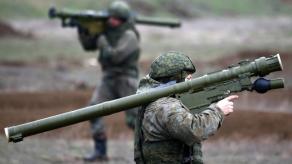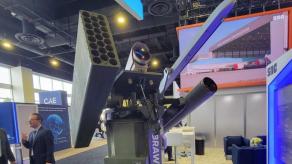Between the fall of 2023 and the winter of 2025, the U.S. Navy expended 220 anti-aircraft missiles to defend civilian shipping in the Red Sea against Yemeni Houthi missile and drone attacks. The total cost of these interceptors reached nearly $1 billion—an average of $4.5 million per missile—far exceeding the estimated cost of the cruise and ballistic missiles they targeted, let alone the relatively inexpensive drones.
This issue has been widely discussed in the American media, and the U.S. Navy has repeatedly admitted they needed more cost-effective countermeasures for their ships. In response, the Naval Sea Systems Command began seeking alternative solutions in early 2024.
Read more: US Anduril Company Unveiled Drone-killing ‘Reusable Missile’
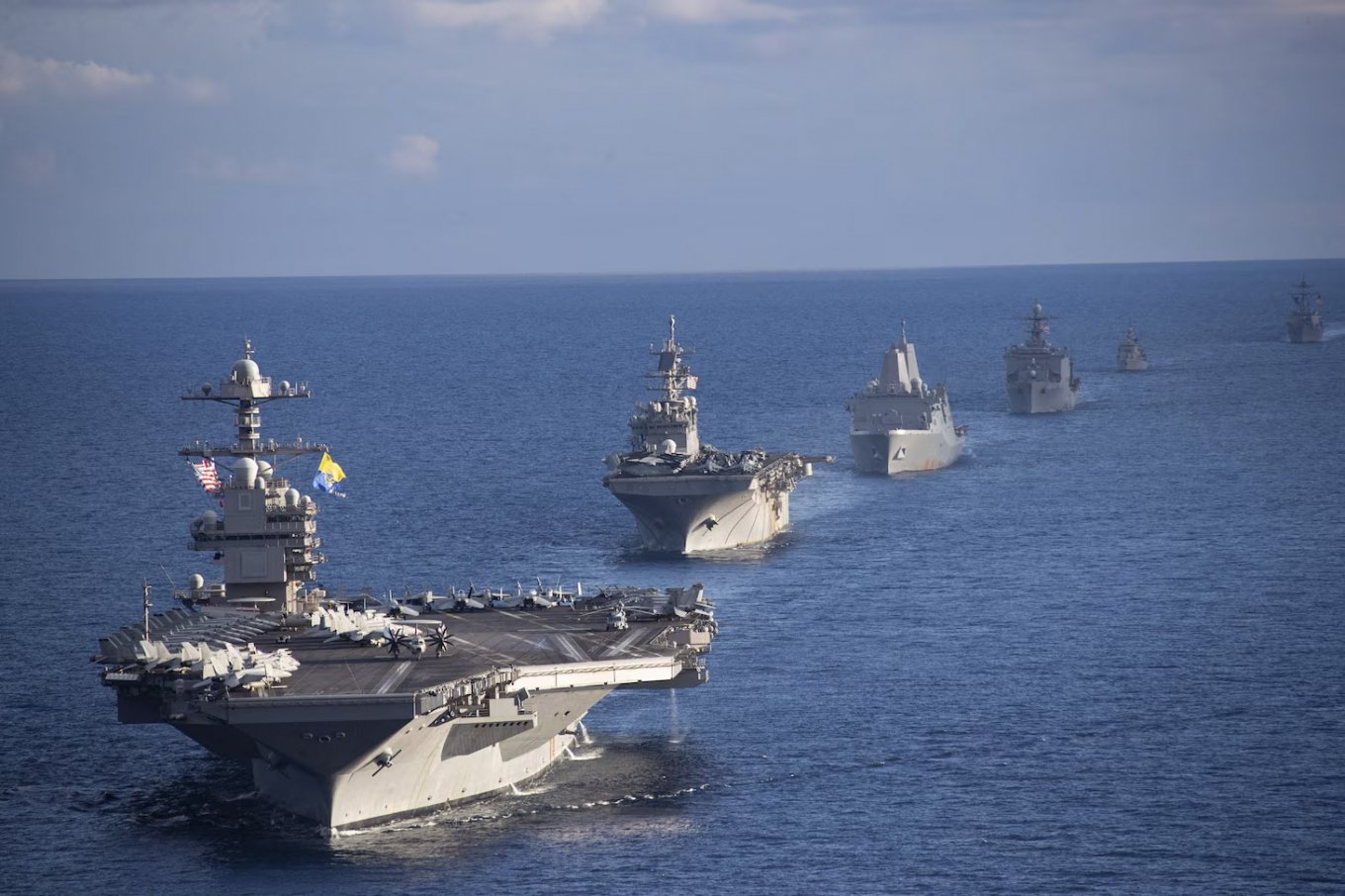
Now, the service is preparing to deploy two additional drone defense systems aboard destroyers that will join the USS Gerald R. Ford (CVN-78) strike aircraft carrier group this year. Admiral Daryl Caudle, Commander of the U.S. Fleet Forces Command, recently confirmed the introduction of Raytheon's Coyote and Anduril’s Roadrunner-M systems in the coming months.
The Navy sees these systems as both a cost-saving measure and an enhancement of its ability to counter unmanned aerial threats which are quickly becoming an integral part of the modern war landscape.
Raytheon’s Coyote 2C interceptor drone, for instance, is priced at approximately $125,000 per unit, while the Roadrunner-M is estimated to cost around $500,000, based on a $250 million contract awarded to Anduril in late 2024.
The Roadrunner-M is a modified version of the Roadrunner loitering munition specifically for air defense tasks, equipped with a high-explosive fragmentation warhead. Unlike traditional interceptors, it is designed to land vertically and be reused if it fails to engage a target — much like SpaceX’s Falcon 9 rockets. It is launched from an autonomous mini-hangar called the Nest.
Raytheon’s Coyote, in contrast, is a surface-launched anti-aircraft system closer to a conventional aerial drone, fired from a rail with the aid of a rocket booster and guided by a Ku-720 ground radar.
Read more: First-Ever Helicopter Launch: Raytheon’s Coyote LE SR Drone Has Completed Its First Helicopter Launch



